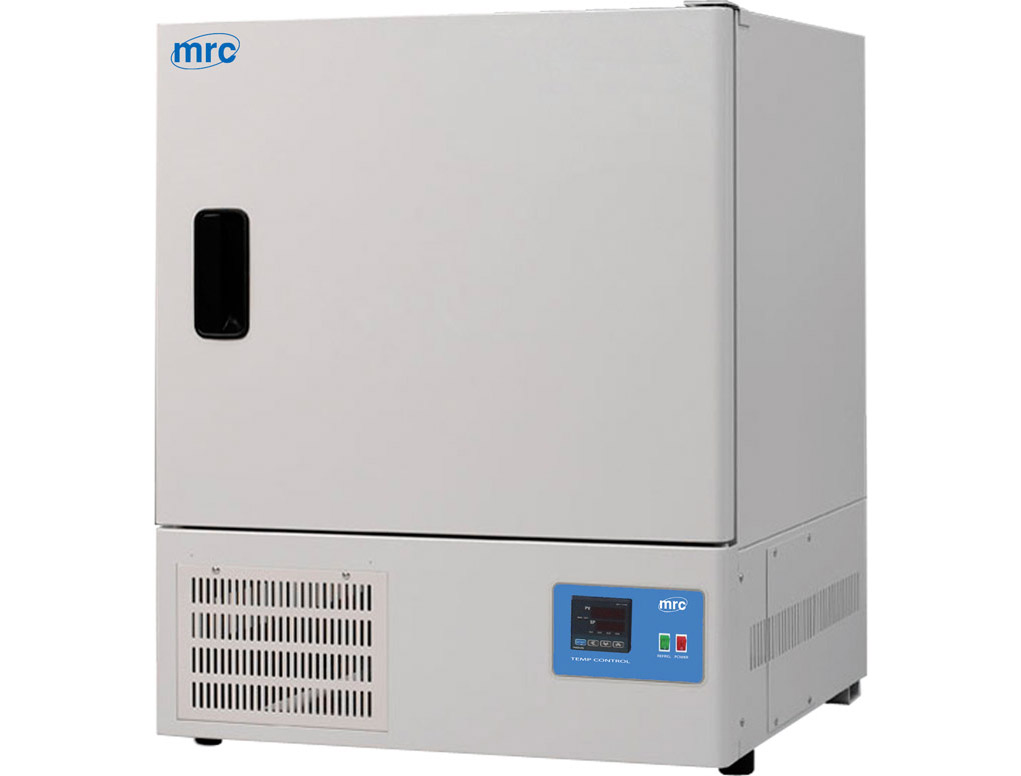Are you a food technologist looking to equip your lab with the best tools for your trade? Whether you're just starting out or looking to upgrade, having the right laboratory equipment is essential for ensuring food quality, safety, and innovation. But what exactly does a food technologist do, and why is the right equipment so crucial?
A food technologist is a professional who applies scientific knowledge to the development, production, and improvement of food products. They important in ensuring that food products are safe, meet quality standards, and satisfy consumer preferences. The backbone of their work lies in the laboratory, where various equipment and tools are used to analyze and test food products. Let's dive into the essential laboratory equipment every food technologist should consider.
Laboratory Equipment for Food Technologists
Balances and Scales
Accurate measurement is fundamental in food technology. Balances and scales are used to weigh ingredients, samples, and chemicals precisely. Analytical balances can measure tiny amounts with high accuracy, while larger scales handle bulk measurements.

pH Meters
The pH level of food products affects their taste, texture, and safety. pH meters help in measuring the acidity or alkalinity of food products. They are crucial in processes like fermentation and ensuring the stability of preservatives.
Moisture Analyzers
Moisture content affects the texture, shelf-life, and microbial stability of food. Moisture analyzers provide quick and accurate measurements, helping technologists adjust recipes and processes to achieve the desired moisture levels.
Analytical Equipment
Gas Chromatography (GC)
GC is used to separate and analyze compounds that can be vaporized. It's particularly useful in detecting flavors, fragrances, and contaminants in food products.
High-Performance Liquid Chromatography (HPLC)
HPLC is essential for identifying, quantifying, and purifying components in liquid samples. It's widely used in analyzing vitamins, preservatives, and additives in food.
Mass Spectrometry (MS)
Mass spectrometry helps identify the composition and structure of molecules. When combined with GC or HPLC, it provides detailed analysis of complex mixtures, aiding in food safety and quality control.
Microbiological Testing Equipment
Incubators
Laboratory Incubators maintain the optimal temperature and humidity conditions for the growth of microorganisms. They are crucial for microbiological testing to ensure food safety by identifying pathogens.

Autoclaves
Autoclaves sterilize equipment and media by using high-pressure steam. This ensures that all microbial contaminants are destroyed, providing a sterile environment for testing.
Colony Counters
Colony counters are used to count the number of bacterial colonies on an agar plate. This helps in quantifying microbial load in food samples, which is vital for safety assessments.
Spectroscopy Equipment
UV-Visible Spectrophotometers
These instruments measure the absorbance of UV and visible light by a sample. They are used to determine the concentration of substances, such as vitamins and colorants, in food products.
Infrared Spectrometers
Infrared spectrometers analyze the infrared light absorbed by a sample, providing information about its molecular composition. This is useful in identifying and quantifying different components in food.
Texture Analysis Equipment
Texture Analyzers
Texture analyzers measure the physical properties of food, such as hardness, chewiness, and elasticity. This helps in developing products with the desired texture and consistency.
Rheometers
Rheometers assess the flow and deformation of food materials. They are essential in understanding the viscosity and rheological properties, which influence processing and quality.
Quality Control Equipment
Colorimeters
Colorimeters measure the color of food products, which can indicate quality and consistency. They are used in quality control to ensure that products meet visual standards.
Refractometers
Refractometers measure the refractive index of a sample, which correlates with its concentration. They are commonly used to determine sugar content in beverages and fruits.
Viscometers
Viscometers measure the viscosity of liquids, which affects the texture and mouthfeel of food products. They are used to ensure that products have the right consistency.
Sample Preparation Equipment
Homogenizers
Homogenizers blend and emulsify samples to create uniform mixtures. This is important for consistent sample preparation and analysis.
Centrifuges
Centrifuges separate components based on density by spinning samples at high speeds. They are used in sample preparation to isolate specific components for further analysis.
Blenders and Mixers
Blenders and mixers are used to prepare food samples by thoroughly mixing ingredients. This ensures that samples are representative and uniform for testing.
Packaging and Shelf-Life Testing Equipment
Vacuum Sealers
Vacuum sealers remove air from packaging to extend the shelf life of food products. They are used to test the effectiveness of packaging materials and methods.
Shelf-Life Chambers
Shelf-life chambers simulate various environmental conditions to test the stability and longevity of food products. This helps in determining the shelf-life and optimal storage conditions.
Safety and Hygiene Equipment
Fume Hoods
Fume hoods protect users from hazardous fumes and vapors during experiments. They ensure a safe working environment in the laboratory.
Safety Cabinets
Safety cabinets store chemicals and hazardous materials securely. They prevent accidents and contamination in the lab.
Personal Protective Equipment (PPE)
PPE, including gloves, lab coats, and goggles, protect food technologists from exposure to harmful substances. Safety is paramount in any laboratory setting.
Mrc Supplies Laboratory Equipment for Food Laboratories